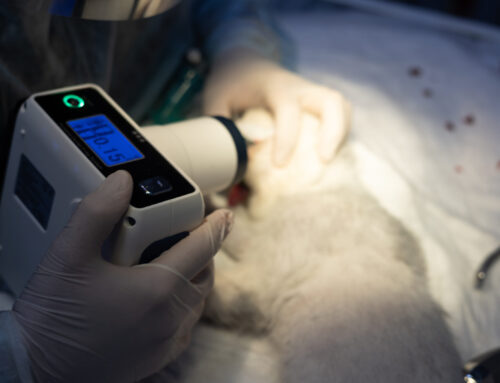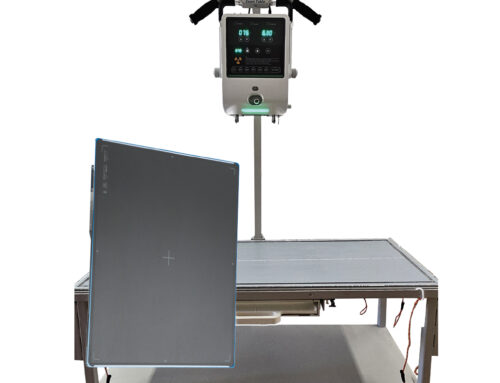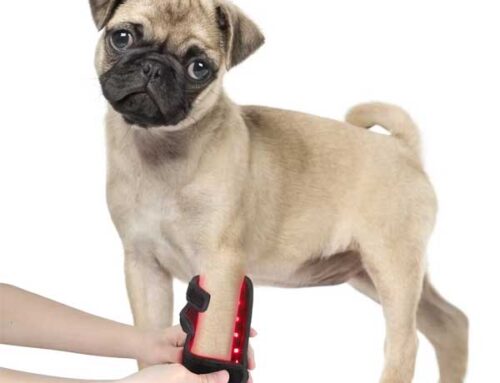There are many different types of flea and/or tick preventatives on the market today. We understand that it can be difficult to keep up with all of the brands, application methods, and pros/cons of them all.
When choosing a flea/tick preventative it is important to consider lifestyle—both yours and your pet’s. Age, species, breed, health status, and any current medications should all be considered. All of the flea/tick preventatives are medications and any new products should not be started without first talking with your veterinarian.
The most popular and effective form of flea/tick preventative is a topical medication, often referred to as a “spot on” product. These are usually applied at the base of the neck or between the shoulder blades. They contain ingredients that kill fleas and ticks. Some products also contain a repellant quality that adds an additional layer of protection of keeping the pests off your pet in the first place. Topical preventatives spread over the pet’s body either through sweat glands or by using a bioadhesive. It is generally convenient to use, and once dried, the pet is able to go swimming or be bathed. It is important to note that the product should be allowed to dry. Possible side effects include itching/scratching, redness or swelling of the skin, or hair loss.
Oral medications continue to gain popularity, due to ease of use. None of the oral medications available have the ability to repel fleas or ticks, requiring the parasites to bite/attach before they will be killed. There is a risk of stomach upset or the pet refusing the medication. Possible side effects include vomiting and diarrhea, as well as some skin reactions like redness, itching, and/or hives. Depression and a decreased appetite have also been reported.
Collars are also popular since they can just be put on the pet and the owner doesn’t have to worry about a liquid product drying or giving the pet an oral medication. Collars contain a concentrated chemical that can kill and repel fleas and ticks. These are relatively inexpensive, but some of them can be smelly or irritating. There is also risk in humans touching the collars, especially children.
Sprays can be difficult to apply for complete coverage. The pet has to stay dry, so no baths, swimming or walks in the elements. It is important to remember when applying these to avoid the pet’s eyes and mouth.
Powders are dusted over and rubbed into the fur. Again, it can be difficult to get complete coverage and it is important to avoid the pet’s eyes and mouth. Side effects can include vomiting, diarrhea, drooling, depression, and decreased appetite.
A non-preventative solution to a flea problem is shampoo, designed to wash away adult fleas and their eggs. The pet can still get fleas later on. Allow shampoo to sit on the skin and coat for at least 15 minutes before rinsing well. Be sure to avoid the pet’s eyes and mouth.
Dips are similar to shampoos, whereas they are not a preventative, but a short-term solution. They are usually a very concentrated liquid that is diluted with water and applied to the pet. They do not get rinsed and need to air dry. Dips cannot be used on very young pets or on pets if they are nursing or pregnant. It is usually advised to have a dip done by a professional (vet, dog groomer, etc.), as they are very concentrated and should be used with extreme caution. If you are administering a dip, it is important to protect both your and your pet’s skin, mouth and eyes while applying to the pet.
The content is not medical advise, nor is it intended to be a substitute for veterinary treatment or care. First, consult with your veterinarian before use.





